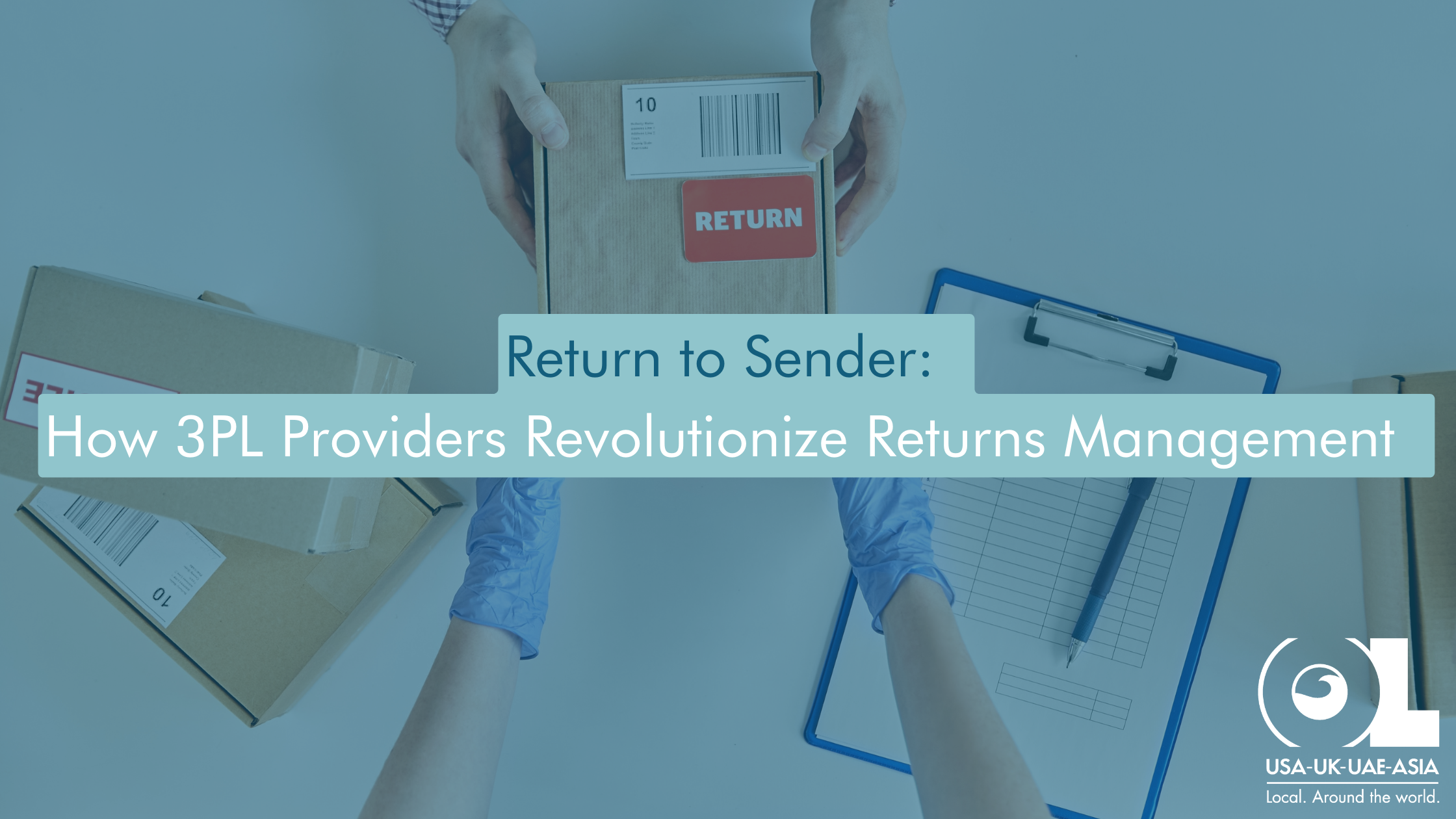In today’s bustling world of commerce, where transactions happen at the click of a button and goods zip across the globe in record time, returns have become an inherent aspect of the business landscape. What once may have been viewed as a thorn in the side of retailers has now transformed into an opportunity for enhancing operational efficiency and delighting customers. This transformation is owed to the evolution of reverse logistics, a critical component of supply chain management dedicated to the intricate handling of returned merchandise.
- The Growing Importance of Reverse Logistics: In recent years, reverse logistics has emerged from the shadows to take center stage in the retail arena. With the meteoric rise of e-commerce and the proliferation of online shopping platforms, the volume of returns has surged, propelling reverse logistics into the spotlight. Today, it’s not just about the initial sale; it’s about what happens after the product reaches the customer’s doorstep and, in some cases, finds its way back.
- Factors Driving the Increase in Returns: Several key factors underpin the escalating tide of returns in the retail landscape. Firstly, the exponential growth of e-commerce has widened the reach of businesses, enabling consumers to make purchases with unprecedented convenience. However, this convenience comes with a caveat – the inability to physically inspect products before buying often leads to higher return rates. Moreover, shifting consumer behaviors, influenced by factors such as free returns policies and lenient refund processes, have further fueled the return frenzy.
- Impact of Inefficient Returns Management: The repercussions of inadequate returns management reverberate throughout the entire business ecosystem. From a financial standpoint, the costs associated with processing returns, restocking inventory, and absorbing product depreciation can chip away at profitability. Moreover, inefficient handling of returns can tarnish brand reputation and erode customer trust, leading to diminished loyalty and repeat business. In today’s hypercompetitive marketplace, where customer experience reigns supreme, neglecting the returns journey can prove detrimental to long-term success.
In essence, the landscape of reverse logistics has undergone a profound metamorphosis, propelled by the relentless march of technology and shifting consumer expectations. To thrive in this ever-evolving environment, businesses must embrace the challenges and opportunities presented by returns management with vigor and foresight. Enter the realm of 3PL providers – trusted allies equipped with the expertise and resources to revolutionize your returns processes and unlock newfound efficiencies.
Navigating the labyrinth of returns management within the confines of an in-house operation presents a multitude of challenges that can test even the most seasoned of businesses. Let’s explore some of the common pain points associated with traditional returns management:
- Lack of Expertise: Dealing with returns requires specialized knowledge and skills that may not be readily available in-house. From accurately assessing the condition of returned items to determining the appropriate disposition method, navigating the nuances of reverse logistics demands a level of expertise that extends beyond typical operational capabilities. Without dedicated personnel trained in returns processing, businesses risk making costly errors or overlooking opportunities for optimization.
- Space Constraints: Returns management often requires dedicated space for inspecting, sorting, and storing returned merchandise. However, for many businesses, space is at a premium, especially in densely populated urban areas or facilities operating near full capacity. Limited space can hinder the efficiency of returns processing, leading to congestion, disorganization, and delays in restocking inventory. Moreover, inadequate storage facilities may compromise the condition of returned items, exacerbating inventory shrinkage and depreciation.
- Inventory Discrepancies: Maintaining accurate inventory records is paramount for effective returns management, yet discrepancies between physical and digital inventory levels are all too common. Manual entry errors, misplaced items, and theft can introduce inaccuracies into the inventory system, complicating the returns process and impeding reconciliation efforts. Without robust inventory management practices in place, businesses risk losing visibility into their stock levels, leading to inefficiencies, stockouts, and lost revenue opportunities.
3PL Providers for Returns Management:
Picture this: instead of grappling with the complexities of returns processing alone, you enlist the support of a trusted ally – a 3PL provider. These logistics wizards specialize in navigating the intricacies of supply chain management, offering tailored solutions to address your unique needs. By partnering with a 3PL for returns management, you gain access to a wealth of expertise, resources, and innovative strategies that can propel your business to new heights of efficiency and customer satisfaction.
Specialized Expertise and Resources:
What sets 3PL providers apart from the crowd? It’s their arsenal of specialized expertise and resources, meticulously honed to tackle the challenges of reverse logistics head-on. Imagine stepping into a world where dedicated facilities are equipped with state-of-the-art technology, staffed by trained personnel who possess an encyclopedic knowledge of returns processing. With 3PLs, you’re not just outsourcing a task – you’re tapping into a reservoir of logistics prowess that can transform your returns management process from a headache to a competitive advantage.
Benefits of Outsourcing Returns Management:
Why should you entrust your returns management to a 3PL provider? The benefits are manifold. Firstly, outsourcing returns management to a 3PL can yield significant cost savings by streamlining operations, reducing overheads, and minimizing the risk of costly errors. Furthermore, with the scalability inherent in 3PL solutions, you can adapt to fluctuations in returns volumes without skipping a beat, ensuring seamless operations even during peak periods. Most importantly, by harnessing the expertise of a 3PL, you can elevate the customer experience to new heights, fostering loyalty and driving repeat business.
Essential Elements of Effective Returns Management:
Now, let’s break down the key components of a successful reverse logistics strategy. From returns processing and refurbishment to recycling and disposition, each stage plays a vital role in optimizing returns management. With a 3PL by your side, you can rest assured that every facet of the returns process is meticulously managed with precision and care. Whether it’s receiving and inspection, restocking, or disposal, 3PL providers leverage advanced technology and best-in-class practices to streamline operations and maximize efficiency.
Innovative Solutions and Best Practices:
What sets the crème de la crème of 3PL providers apart? It’s their relentless pursuit of innovation and excellence in returns management. From automated returns processing systems to real-time tracking and reporting tools, 3PLs employ a myriad of innovative solutions to optimize every aspect of the returns journey. Whether it’s implementing sustainable disposal practices or refurbishing returned items for resale, 3PL providers are at the forefront of driving efficiency and minimizing waste.
In conclusion, partnering with a 3PL provider for returns management is not just a smart business decision – it’s a strategic investment in your company’s future. By harnessing the specialized expertise, resources, and innovative solutions offered by 3PLs, you can transform your returns management process into a well-oiled machine that delivers unparalleled efficiency and customer satisfaction.



